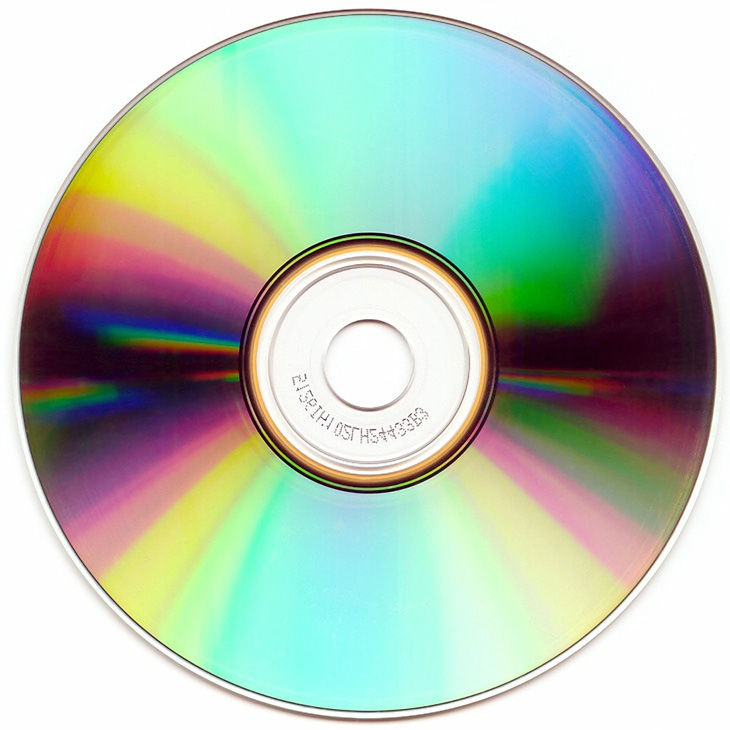Pasacalle Triste (Sad Passacaglia) for String Orchestra: “Apotheosis of the circle of fifths”
- Stanley M. Hoffman
- Feb 7, 2024
- 3 min read
Updated: Nov 13, 2024
I believe every classical composer should consider writing their own "Adagio for Strings" (think Samuel Barber) for themselves and for their listeners. At 64, I have been waiting 44 years to write mine so that I would have the maturity to accomplish this. Thus was “Pasacalle Triste” (Sad Passacaglia) born. (I may yet compose more string orchestra music; I dearly love the genre.)
“Pasacalle Triste” is concerned with the themes of love, loss, joy, sorrow and, most accurately, life and death. The circle of fifths here represents the circle of life.
While this work owes much to the music of past composers - formally (in form/name only) to J. S. Bach’s sprawling “Passacaglia and Fugue” - to the whirling circles of fifths of his motet “Komm, Jesu, komm” – and conceptually to Pachelbel’s annoying “Canon” and Ravel’s “Bolero,” “Pasacalle Triste” is especially beholden to the first movement of Gorecki’s “Symphony No. 3,” to Samuel Barber’s “Adagio for Strings,” and mainly to the music of Astor Piazzolla whose “Oblivion” is his most notable circle of fifths piece. “Pasacalle Triste” is at times imbued melodically with Hispanic-inspired countermelodies, hence its title.
The beginning of the piece is marked “Apotheosis of the circle of fifths.” Although this serves as an informal nickname for the work, it was my intent as a composer for the music to embody it.
Mahler used the simple tune "Frère Jacques" in the parallel minor key for contrabass solo as the basis for the 3rd movement of his “Symphony No. 1.” I used a very simple “resultant tune” associated with the circle of fifths as the basis for “Pasacalle Triste.”
As with the first movement of Gorecki’s “Symphony No. 3,” “Pasacalle Triste” begins with the melody in the contrabass, with subsequent entries moving upward in range and intensity through the violoncello, viola, and violin staves. Often tender countermelodies gradually appear, most notably the one that is based on the non-linear “unwinding” motif which first appears in the contrabass in bar 25. This motif serves as the basis for most of the musical developments that occur during the piece, most notably the two climaxes that occur at bars 57 and 105. Rhythmic momentum and dynamic intensity gradually build to both climaxes, with the second one slightly fuller than the first.
Outbursts of joy come appear in the form of instrumental solos and duets, most of which occur during the middle of the piece. The “yearning” motif which first appears in the Violin I Solo at bar 89 remains present in different instruments up to the “Coda” at bar 165. From the second climax at bar 105 to the “Coda” at bar 159, the number of instruments gradually reduces, and rhythmic momentum and dynamic intensity gradually decreases.
The “Coda”—which features so few instruments that it sounds more like chamber music than symphonic—roughly imitates the “death scene” that occurs at the end of Beethoven’s “Coriolan Overture.” Two musical swellings occur, painting with music “the lightbulb moments” which one hears can often precede a person’s death.
The energy built up during the course of the piece is entirely spent by the time the only V-I cadence in the piece occurs. Placing a fermata on that tonic chord makes absolutely no sense programmatically or—proportionately speaking, musically. After this, the music gradually slows down and dies away—ending in the contrabass where it began—and with the only two pizzicato notes in the piece punctuating the ending with just the right amount of cadential prolongation.
No musical language including tonality will never be used up as a means of personal expression. Each composer brings their own unique voice to all musical languages. I regularly use different musical languages to express emotions through music - tonality, free tonality, modality, twelve-tone music, microtonality, and my personal favorite, “twelve-tone tonality.” This gives me an enormous sense of freedom as a composer.
I hope you find meaning in listening to “Pasacalle Triste.” Thank you for your time and attention, and for listening.
---
Pasacalle Triste (Sad Passacaglia) for String Orchestra - “Apotheosis of the circle of fifths.” Music by Stanley M. Hoffman. NotePerformer 4 Audio and Scrolling Score Video.
Music: © Copyright 2024 by Stanley M. Hoffman. www.stanleymhoffman.com All rights reserved.
This music cannot be considered for performance until October 2024 at the earliest due to a prior commitment.






Comments